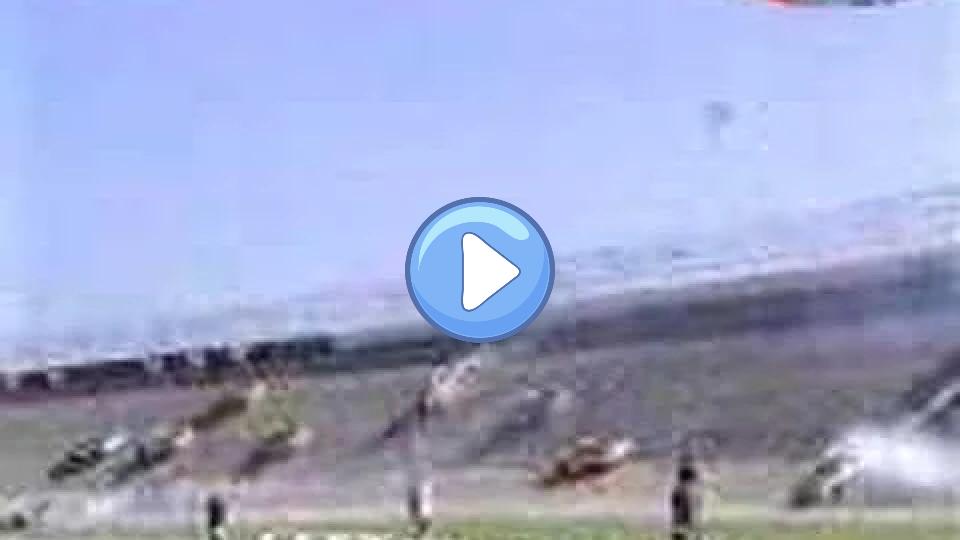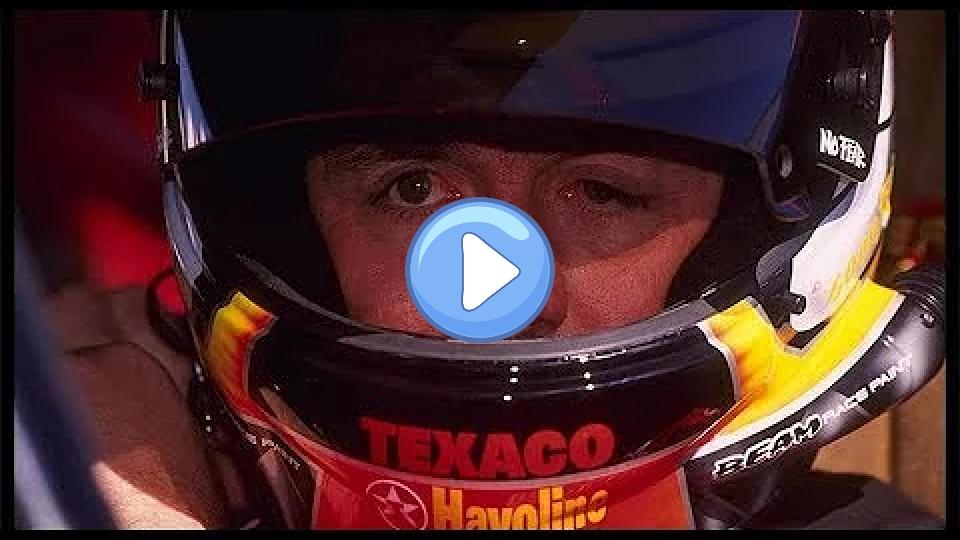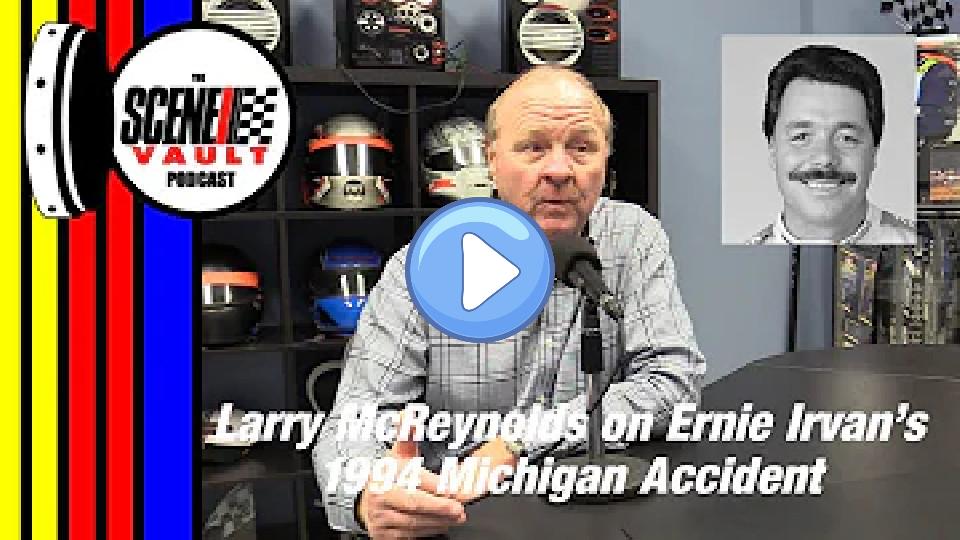Ernie Irvan's Sports Injuries
Type of Sport: Racing
Ernie Irvan's Sports Injuries Table
| Type | Area | Date | Consequences | Content | How It Happened | Recovery Duration | Rehabilitation Details | Impact On Career | Psychological Impact | Previous Injuries | Return To Competition | Severity | Treatment | Medical Staff | Long Term Impact | Preventive Measures | Competition Missed | Initial Symptoms | Re Injury Risk | Support System | Rehabilitation Location |
|---|---|---|---|---|---|---|---|---|---|---|---|---|---|---|---|---|---|---|---|---|---|
| Chest Injuries | Chest | 1994-08-19 | Collapsed lung and other internal injuries. | In addition to the severe head injuries, Irvan's chest injuries included a collapsed lung, which required immediate medical intervention. | During the same crash at Michigan International Speedway in 1994, Irvan also sustained chest injuries. | Several months | Irvan needed to undergo respiratory therapy and other treatments to recover from the lung injury. | The chest injuries, combined with the head injuries, contributed to his lengthy recovery period. | The combination of severe injuries was mentally challenging, but Irvan remained determined to recover. | None of similar severity | Returned to competition in October 1995 | Severe | Emergency medical treatment and respiratory therapy | St. Joseph Mercy Hospital medical team | Irvan made a full recovery but remained cautious about his health. | Enhanced safety measures in NASCAR | Missed the remainder of the 1994 season and most of the 1995 season. | Difficulty breathing and severe chest pain | Moderate, considering the improvements in safety m | Family, team members, and medical staff | Various medical and rehabilitation facilities |
| Head Injuries | Head | 1994-08-19 | Severe head injuries, including a basilar skull fracture and critical brain injuries. | This accident was one of the most severe in NASCAR history. Irvan was airlifted to the hospital and placed on life support. He was given a 10% chance of survival. | Ernie Irvan was involved in a serious crash during a practice session at Michigan International Speedway. | Approximately one year | Irvan underwent extensive physical and cognitive rehabilitation to recover from his injuries. | The injury significantly impacted his ability to race. He made a comeback but was never able to return to his previous form. | The crash had a profound psychological impact, leading to fears and anxieties about returning to racing. | None reported as severe prior to this incident. | Irvan returned to racing in 1995, approximately one year after the accident. | Critical | Immediate life support, surgery, and extensive rehabilitation. | Emergency medical team at the track, neurosurgeons, and rehabilitation specialists. | Irvan's career was never the same, and he eventually retired earlier than planned due to ongoing health concerns. | Enhanced safety measures in NASCAR, including the introduction of the HANS device. | Irvan missed the remainder of the 1994 season and part of the 1995 season. | Unconsciousness and severe head trauma. | High risk if returning to high-speed racing too so | Family, team, and medical professionals. | Various medical and rehabilitation centers specialized in head trauma recovery. |
| Head Injuries | Head | 1999-09-02 | He suffered a moderate concussion. | The crash was less severe than the 1994 incident, but it still resulted in a concussion that required medical attention and rest. | Irvan was involved in another racing accident during a practice session at Michigan International Speedway. | Several weeks | Irvan followed a prescribed rest period and monitored his symptoms closely before returning to racing. | The injury raised concerns about his long-term health and contributed to his decision to retire from full-time racing in 1999. | The recurrence of head injuries was concerning for Irvan, adding to the mental toll of his racing career. | Previous severe head injury in 1994 | Irvan returned to racing later in 1999 but ultimately retired from full-time competition. | Moderate | Rest and monitoring of symptoms | Track medical team and personal physicians | Increased caution and awareness regarding head injuries | Continued improvements in safety measures and protocols | Irvan missed several races following the concussion. | Dizziness, confusion, and headache | High, given the history of head injuries | Family and medical staff provided support and guidance. | Home and medical facilities |
Ernie Irvan's Sports Injuries Videos
Dale Jr. Download: Ernie Irvan's Horrific Crash
Legendary NASCAR racer Ernie Irvan joins Dale for a tell-all interview. Irvan recalls the 1994 season where he was a strong contender for the championship, trailing Dale Earnhardt Sr. by just a few points. During a practice session in Michigan, Irvan suffered a severe crash after his right front tire blew out. He hit the wall and was unconscious for 21 days.
Irvan describes the crash and its aftermath, including the life-saving actions of a trauma doctor who performed an emergency tracheotomy at the track. Irvan sustained serious injuries, including a basal skull fracture and a collapsed lung. He credits his survival to the presence of the doctor and the rapid medical response.
Upon returning to the sport, Irvan had vision issues and wore an eye patch due to nerve damage affecting his left eye. He was in a self-induced coma to prevent agitation as he recovered. Irvan recalls the moment he realized he was not at the racetrack and heard about Kenny Wallace driving his car, which helped him regain awareness. Despite the severity of his injuries, Irvan's resilience and determination to return to racing are evident throughout the interview.

The Track That Almost Killed Ernie Irvan Twice
Ernie Irvan is one of the most recognizable names in NASCAR despite never winning a championship. His story is unique in the sport's history, highlighted by his unbelievable rivalry with a racetrack that nearly killed him twice. From fighting for a championship to fighting for his life and then fighting his way back to Victory Lane, this is the Ernie Irvan story.
Ernest "Ernie" Irvan was born in 1959 in Salinas, California. His father, Vic, competed in NASCAR during Ernie's childhood and won a Winston West Race in 1977. Ernie started racing go-karts at 15, won the California Karting Championship, and finished second in the National Kart Championship race. At 16, he began racing stock cars, competing every weekend at Stockton 99 Speedway and Madera. Determined to make it to NASCAR's top level, he moved to North Carolina in 1982 with only $700 and supported himself through various odd jobs in the racing industry.
In 1986, Irvan entered two Busch Series races, and in 1987, he qualified for the Winston Cup race at Richmond Fairgrounds with a Monte Carlo sponsored by Dale Earnhardt Chevrolet. Despite engine issues, he secured more opportunities and eventually raced full-time in 1988, though the season was marred by mechanical failures and crashes. In 1989, he joined Morgan-McClure Motorsports and found success, including his first career win at Bristol.
Irvan's career skyrocketed with notable performances, including winning the Daytona 500 in 1991. However, in 1994, a severe crash during practice at Michigan left him with life-threatening injuries. He miraculously survived and made a remarkable comeback, returning to racing in 1995 and achieving impressive results despite racing with an eye patch.
His career faced another setback in 1999 when he suffered a second serious crash at Michigan, leading to his retirement. Despite the challenges, including losing all his memorabilia in a house fire, NASCAR honored him by recreating his trophies, allowing him to share his legacy with his children.
Ernie Irvan's story is one of resilience and determination, making him a memorable figure in NASCAR history.

Ernie Irvan Michigan 1994 Aftermath
Saturday morning practices are usually pretty quiet, but Saturday, August 20th, was tragically different. At 8:40 in the morning, point contender Ernie Irvan experienced a horrible crash after completing a ten-lap practice run. While coming through turn two, where speeds average 170 miles an hour, an apparent cut tire sent Irvan violently into the wall. The crash resulted in Ernie Irvan being airlifted to a Michigan hospital with severe head injuries, including a fractured skull, a swollen brain, and collapsed lungs. His prognosis for recovery was slim, but the racing world was silenced as his friends, fans, and fellow drivers kept Ernie Irvan foremost in their prayers. While Ernie Irvan fought the battle of his life, his colleagues suited up for the race at Michigan, because, as always, the racing continues.

Ernie Irvan Talladega Crash
The 1998 Talladega NASCAR Cup race seemed to be a long road for Ernie, and then this happened.

Beating the Odds: The Ernie Irvan Story
The video chronicles the life and career of Ernie Irvin, a determined race car driver who started as a California outsider in a southern-dominated sport. It highlights his perseverance and passion for racing, from his early days in California to winning the Daytona 500 in 1991. The narrative follows his journey through personal and professional challenges, including a nearly fatal crash at Michigan that left him with severe injuries. Despite the odds, Irvin made a remarkable recovery and returned to racing, ultimately winning at the same track that almost claimed his life. The story emphasizes his resilience, love for family, and continued involvement in racing through his son, showcasing a legacy of determination and passion for the sport.

This Moment in NASCAR History: Ernie Irvan's Triumph at Michigan
In 1997, Ernie Irvan won at Michigan International Speedway, a track where he nearly lost his life in 1994. This victory marked a significant personal achievement and redemption for Irvan.

The Scene Vault Podcast -- Larry McReynolds on Ernie Irvan's 1994 Michigan Accident
In 1994, Larry McReynolds and his team were in a tight championship race with Dale Earnhardt. During a practice session in Michigan, Ernie Irvan, one of their key drivers, had a serious accident. Despite the car not appearing heavily damaged, the situation was critical, with Irvan facing only a 20-25% chance of survival. The camaraderie in the garage was evident as Earnhardt's team helped prepare McReynolds' backup car. McReynolds contemplated leaving racing if Irvan hadn't survived, but once Irvan was on the path to recovery, McReynolds promised to support him and the team, committing to be there when Irvan returned to racing.

Ernie Irvan's Hard Crash at the 1996 UAW-GM Quality 500
Ernie Irvan experienced a severe crash during the '96 fall race at Lowe's Motor Speedway. While running in 13th position, his car lost control and hit the wall on the outside of the second corner. The incident involved multiple cars, including Robby Gordon and John Andretti, who collided with Irvan's car. The crash resulted in significant damage, with Irvan spinning down the track and being hit hard by Andretti. The wreck occurred at lap 210, causing tension among the crowd as they witnessed the brutal impact.

